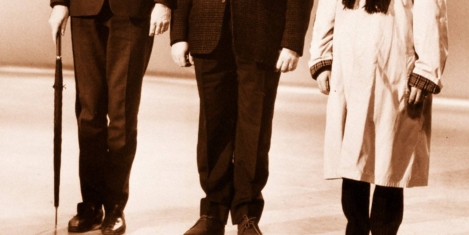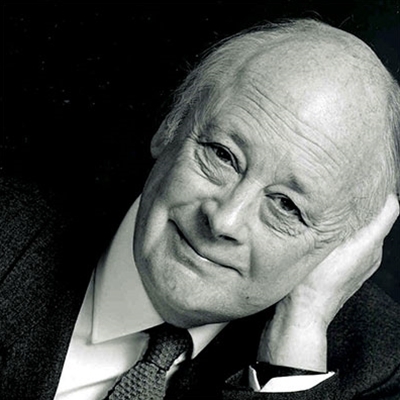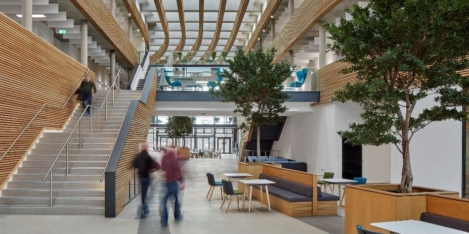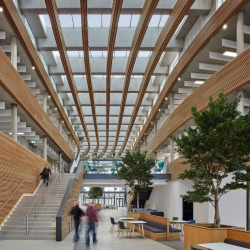January 20, 2025
Businesses are cautiously optimistic despite economic and technological uncertainty
 Almost 60 percent of CEOs around the world expect global economic growth to increase over the next 12 months, according to PwC’s 28th Annual Global CEO Survey, launched during today’s World Economic Forum Annual Meeting. The report, which surveyed 4,701 CEOs across 109 countries and territories, also finds that 42 percent of businesses expect to increase headcount by 5 percent or more in the next 12 months – more than double the proportion who expect headcount decreases (17 percent), and up from 39 percent last year. The percentage is highest (48 percent) among smaller companies (less than US$100 million) and those in the technology (61 percent), real estate (61 percent), private equity (52 percent) and pharma and life sciences (51 percent) sectors. (more…)
Almost 60 percent of CEOs around the world expect global economic growth to increase over the next 12 months, according to PwC’s 28th Annual Global CEO Survey, launched during today’s World Economic Forum Annual Meeting. The report, which surveyed 4,701 CEOs across 109 countries and territories, also finds that 42 percent of businesses expect to increase headcount by 5 percent or more in the next 12 months – more than double the proportion who expect headcount decreases (17 percent), and up from 39 percent last year. The percentage is highest (48 percent) among smaller companies (less than US$100 million) and those in the technology (61 percent), real estate (61 percent), private equity (52 percent) and pharma and life sciences (51 percent) sectors. (more…)













 Organisations are having to rethink the form and function of their offices in ways unprecedented in their relatively short history. And perhaps the biggest challenge is to create places to work that reflect the organisation’s culture and the needs of the people who work there (some of the time). One possible framework for aligning an office design model with the culture of the organisation is presented in a supplement published for
Organisations are having to rethink the form and function of their offices in ways unprecedented in their relatively short history. And perhaps the biggest challenge is to create places to work that reflect the organisation’s culture and the needs of the people who work there (some of the time). One possible framework for aligning an office design model with the culture of the organisation is presented in a supplement published for 



















January 20, 2025
Forget all the talk of Blue Monday; work is still (largely) good for us
by Mark Eltringham • Comment, Facilities management, Wellbeing, Workplace